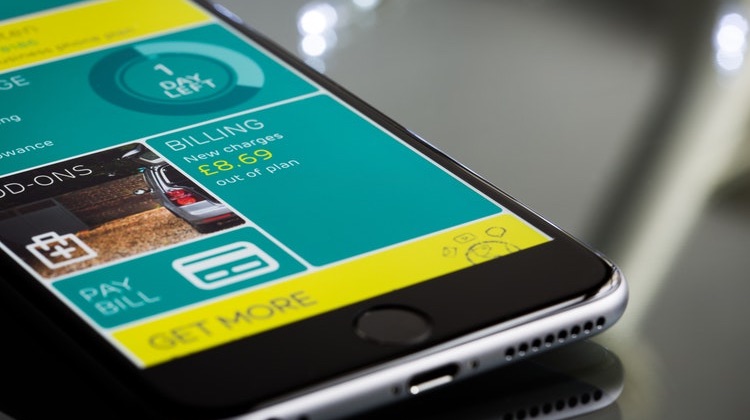The Customer Effect
How personal finance apps will change in 2018
- As banks make PFM part of their service offerings, the pressure is on for standalone PFMs to stay profitable
- Working with incumbents in some capacity may be inevitable








